
Announcement
SEMI FINAL | BUSINESS CASE - BCS 05
Marketing Manager Submission BCS 05
NMO 2020
Indian Market Analysis of Electric Two-Wheeler Vehicles for Vayu
Submission Date & Time : 2020-04-11 04:11:42
Submitted By: Prakhar Kishore - Marketing Manager From Team Air
Assignment Taken
Market analysis of electric vehicles.Case Understanding
A group of budding entrepreneurs discussed about the possibilities to foray into a business of Electric Vehicles and with further research and discussions decided to rent a coworking space for 8 people in Bangalore for their startup. The unanimous decision was taken keeping in mind that the government target for 30% adoption of electric vehicles by 2030 will be majorly driven by the electrification of two-wheeler, three-wheeler, and commercial vehicles. Moreover, the government’s NITI Aayog is aiming to promote the use of electric vehicle in India. Lower rate of adoption of electric vehicles in the passenger vehicle segment is expected to have a limited impact in achieving the targets. The team consists of 2 mechanical engineers, 1 electrical engineer, 1 computer science graduate, 2 marketing experts, and 2 members with post graduate in management program. The startup at present faces the problems of funding, allocation of funding, bootstrapping, team recruitment, decision for the product, market segmentation and positioning as well as market entry and future growth.BCS Solution Summary
Vayu is a start-up consisting of eight dynamic, ambitious and hardworking team members who as a team dreams of changing the electric vehicle landscape of the country. The team is focused into developing two-wheeler electric scooters with state-of-the-art features at affordable price. The name of the start-up signifies fast and flexible like air. The model names depict the smartness through electric system. The tagline of “Ab Smart Hoga India†denotes the effort made by the team to help India gain the leadership position in the worldwide revolution towards electrical vehicles and at the same time the smart features embedded in the scooter. The long-term focus is to be the largest and most admired electric two-wheeler maker of India in a sustainable energy efficient way. The start-up aims at launching two models- Elektra and Elektra+. Both the models are not constrained to any gender. Elektra is a premium model that targets the young to middle age tech-savvy customer, belonging to Social Economic Category A1, A2, A who would want to portray this scooter as a part of their style statement and would enjoy fast rides with their near and dear ones. On the other hand, the model Elektra+ is perfect example of conjunction of efficiency, smartness and affordability. Common people, who wants an economic ride with latest functionalities. The targeted customer segment would be college goers, other people belonging to Social Economic Category B1, B2, B. The primary objective of the company is to secure VC funding to arrange enough money for R&D, manufacturing and marketing expenses.Solution
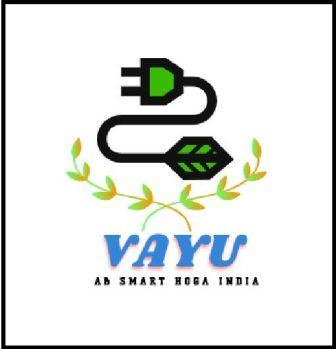
Market Research and Analysis for Electric Two wheelers in India
The two-wheeler market in India is forecasted to expand at a CAGR of 7.33%, and reach a sales volume of 24.89 million units by 2024, from 21.19 million in 2019.The Indian automobile sector is experiencing a slowdown since September 2018, which is likely to ease by the second half of FY 2020.
The Indian electric scooters and motorcycles market generated a revenue of $80.0 million in 2018, and it is expected to register CAGR of 36.3% during the forecast period. The growth of the market is attributed to the availability of supportive government subsidies, the rising concern towards the environment, as well as introduction of stringent emission norms. India is going to step up to BS VI in the year 2020. Government incentive schemes, growing distributor & dealership network, rising online sales, and increasing affordability of electric two wheelers being provided by leading automobile manufacturers are some of the other key factors that would boost demand for electric two wheelers in India. Moreover, growing research & development activities are likely to result in a wide product portfolio for electric two wheelers, thereby positively influencing the country’s electric two-wheeler market during the forecast period.
The reduction of GST on electric vehicles from 12% to 5% in July 2019 is also expected to drive India electric scooter and motorcycle market volumes in the medium term. Also, the subsidy now offered to the tune of $150 per kWh (post certification) is an important step taken by the Indian government to boost India electric scooter and motorcycle market.
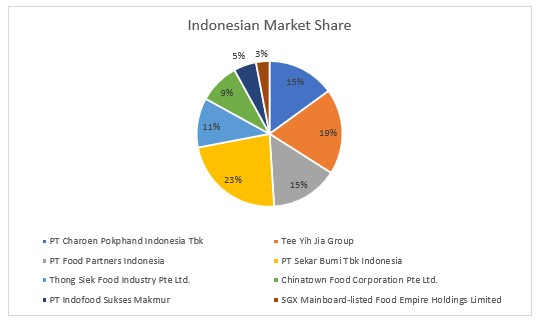
KEY FINDINGS
- As of Nov 2019, there are ~35 electric scooter and motorcycle brands offering ~90 models in India. Ex-showroom prices vary between 40k-150k INR
- Less than 20 models are powered by Li-ion batteries and the majority still has Lead-acid batteries. Li-ion battery manufacturing is dependent on expensive imports
- In 2020-2022, more than 100+ new launches are planned by 20 new and existing OEMs
- The electric scooter market in India will remain concentrated in 8 tier-1 cities, at-least till 2023
- Electric scooters and motorcycles equipped with embedded connectivity is the #1 trend in India electric scooter and motorcycle market.
Source- Mobility Foresights Research on India Electric Scooter and Motorcycle Market 2019-2025
Market Dynamics
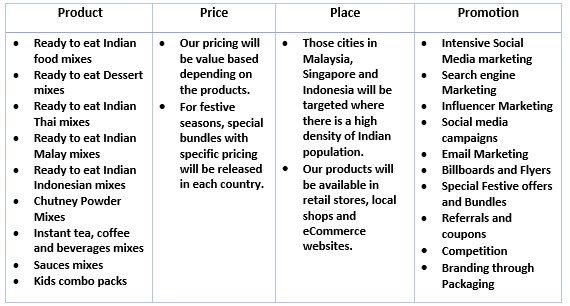
Drivers
The introduction of stringent emission control regulations is a major driver for the Indian electric scooters and motorcycles market. India would eventually follow the emission norms prevalent in western countries. Bharat Stage (BS) norms which are currently prevalent in India, are similar to the Euro norms of European Union (EU) countries. For instance, BS IV norms of India (implemented in 2017), are similar to Euro IV norms in EU countries. Moreover, the government plans to jump directly to BS VI by 2020, skipping BS V. These stringent emission norms are in line with the commitments made by India at the Climate Change Conference in Paris in 2017. Government focus to curb pollution levels in the country promises a positive regulatory environment for electric two-wheelers in the coming years, thereby driving the growth of the Indian electric scooters and motorcycles market.
Restraint
Lack of awareness about electric two-wheelers is a major hurdle in the growth of Indian electric scooters and motorcycles market. Majority of people, especially in the rural and semi urban areas, are still unaware of electric vehicles. Customers in these regions are more likely to prefer electric scooter, due to their short and slow trips in the countryside. The companies need to expand their dealerships every 20–40 kms to target these customers, and also invest in marketing to increase the awareness.
Additionally, the high cost of Li-ion batteries further increases the cost of the electric scooters and motorcycles, hindering the growth of the Indian electric scooters and motorcycles market. The other restraining factors deterring the growth of the market are the under developed value chain for the lithium-ion batteries, motors, and controllers of these two-wheeler. The presence of lesser number of variants in the market due to the existence of limited number of OEMs manufacturing electric scooters and motorcycles in India is also hampering the growth of the market.
Opportunities
Range anxiety in customers is a major factor thwarting the large-scale deployment and adoption of electric scooters and motorcycles in India. At present, electric scooters and motorcycles in the region have a short travel range (50–70 km) as compared to their equivalent conventional variants. However, advancements in the battery technology provides ample opportunity to the Indian OEMs to introduce higher range electric scooters and motorcycles, which can compete with that of conventional two-wheelers. Thus, the introduction of long-range vehicles by market players is expected to boost the adoption of electric scooters and motorcycles in the European region in the coming years.
Furthermore, the customers using electric scooters and motorcycles are demanding vehicles with higher range because of the unavailability of charging infrastructure, across the country. Thus, growing demand for electric scooter with longer range is providing ample opportunity to the OEMs in the Indian electric scooters and motorcycles market.
Source- Prescient and strategic Intelligence Report
INDIA ELECTRIC SCOOTERS AND MOTORCYCLES MARKET SEGMENTATION
Market Segmentation by Product
- Scooter
- Motorcycle
Market Segmentation by Demographics
- Age
- Sex
- Occupation
- Income
Market Segmentation by Battery Type
- Sealed Lead Acid
- Li-Ion
Market Segmentation by State
- Telangana
- Uttar Pradesh
- Maharashtra
- Gujarat
- Delhi
- Karnataka
Others
Market Segmentation by Technology
- Removable
- Non-Removable
Market Segmentation by Maximum Speed
- <25 Km/h
- 25–50 Km/h
- >50 Km/h
Competitor Analysis
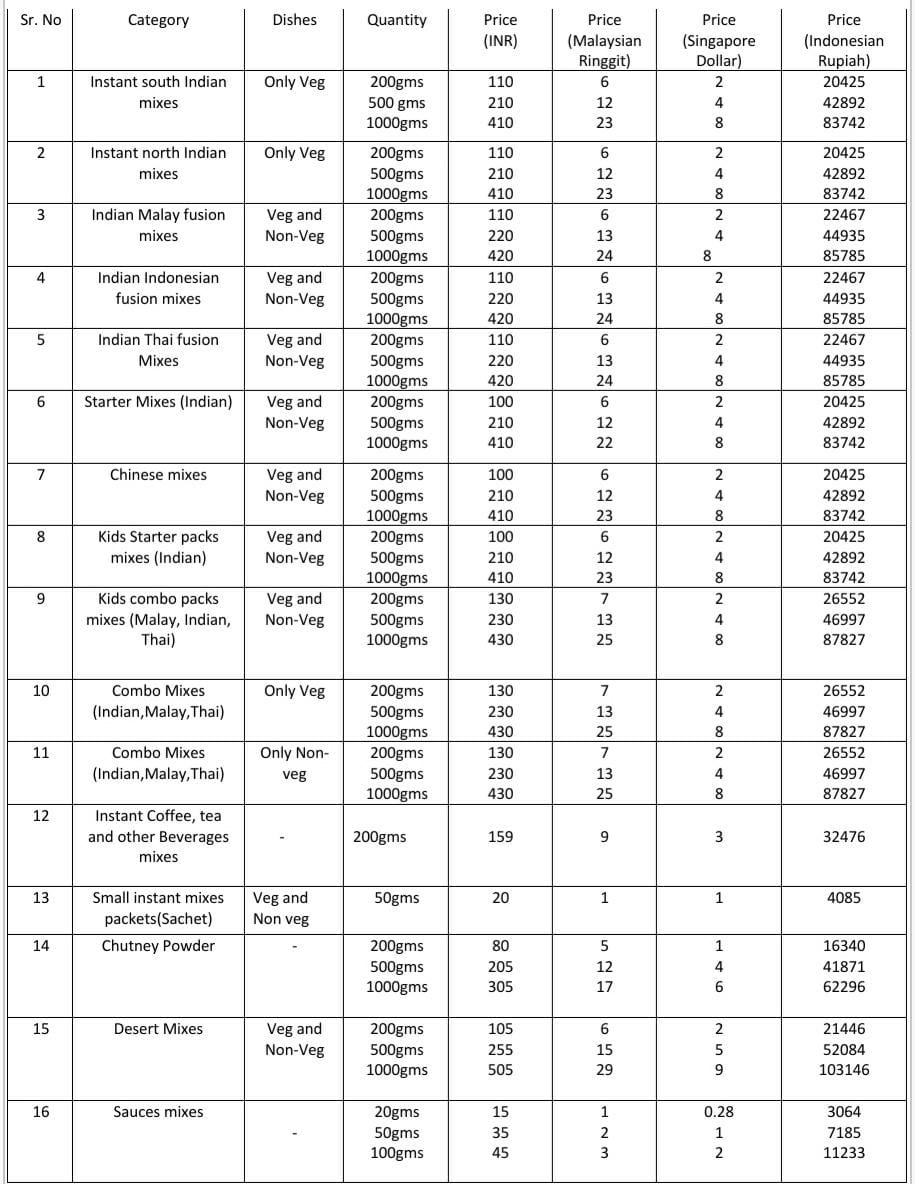
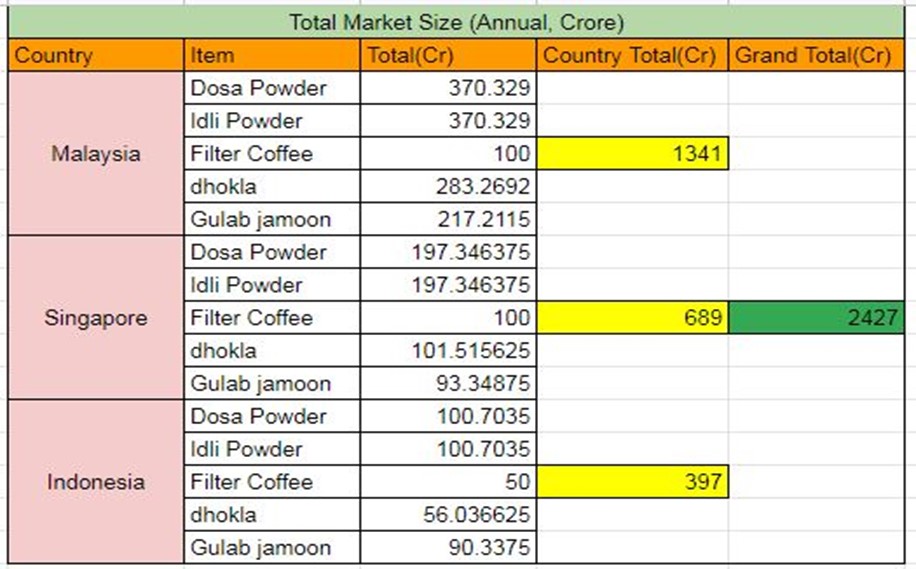
Some of the major companies operating in India electric two-wheeler market are
- Hero Electric Vehicles Pvt. Ltd.
- Okinawa Autotech Pvt. Ltd.
- TVS Motor Company
- Electrotherm (India) Ltd.
- Lohia Auto Industries
- Avon Cycles Ltd.
- Ampere Vehicles Pvt Ltd
- Tunwal E-Bike India PVT. LTD
- NDS Eco Motors Private Limited
- Ather Energy Pvt. Ltd.
- Tork Motors Private Limited
Conjoint Analysis for Primary Research on most preferred features
'Conjoint analysis' is a survey-based statistical technique used in market research that helps determine how people value different attributes (feature, function, benefits) that make up an individual product or service.
A primary research has been carried out by our team to find out most important features. We used three variants of mileage (or range) viz. 75km, 90km, 100km, three variants of charging Time viz. 3 hours, 4 hours and 5 hours and three variants of price viz. Rs. 80k, 100k, 115k and speed of 60km/hr and 80km/hr - thus giving rise to total 3*3*3*2=54 variants. From orthogonal analysis, we reduced these 54 variants to 11 variants.
We did not add more variables as it would have increased the number of options to the survey respondents.
We got 43 responses (average age- 32, avg. income level- 40k/month, around 45% women and average education- graduation).
The main findings of conjoint analysis primary research are-
• Charging time is the most important attribute followed by mileage and price among these three variables.
• 3 hours charging time (or less) is most desirable.
• Respondents mostly want range of 90km
• 80km/hr speed is not desired probably considering movement within city.
We used this analysis to design our model.
Why Electric Two-Wheeler?
For most people in India, owning a two-wheeler is still the main aspiration and a sign that they have truly arrived. The latest Ministry of Road Transport and Highways data reveals that from an 8.8 per cent share of the 3 lakh vehicles on Indian roads in 1951, two-wheelers such as scooters and motorbikes now accounted for 71.8 per cent of the 141.8 million vehicles plying in 2011.
In contrast, the share of four-wheeled cars, jeeps and taxis, once the biggest constituent of India’s vehicular fleet, has continuously shrunk, falling from 52 per cent in 1951 to 13.6 per cent in 2011. Nevertheless, at nearly 19.3 million, these four-wheel vehicles still constituted the second-largest class of vehicles on India’s roads.
The prevalence in India of small vehicles such as two-wheelers, three-wheelers, economy four-wheelers and small goods vehicles is unique among large countries. These small vehicles require a unique set of technological and industrial capabilities. Here, India has an opportunity to take a leadership role in the electrification of small vehicles. India’s potential volumes for these vehicles as the nation grows, lays the foundation for transformational manufacturing and industrial policy. That focusses on the development of technological expertise and industrial capabilities in the production of small electric vehicles which can not only meet domestic demand but can also place India in a position of global leadership.

Source- ICE 360 Survey by People Research on India’s Consumer Economy (PRICE)
Following are some more reasons as to why Indians prefer Two-wheeler -
- Lightweight - The non-geared two-wheelers, i.e., scooters, are lightweight vehicles that can zoom through well-constructed roads and good riding environments. As they are lower in weight, they can be used conveniently by women and young riders. Scooters also do not take very high speeds; hence the chances of being involved in over speeding accidents are reduced.
- Ease of manoeuvre - It is easier to learn and manoeuvre a two-wheeler, when compared to a four-wheeler. The competition in the two-wheeler industry has presented a wide range of models with attractive looks and features to suit differing tastes.
- Affordability - Irrespective of whether you are renting or owning a car, the costs are definitely more in comparison to a bike. Two-wheelers also provide you increased mileage and hence, you can save on fuel costs.
- Exemption from toll tax - Two-wheelers are exempted from toll tax due to the following reasons:
- The size and space of such a vehicle is usually considered as half the amount of a small car. Hence, bikes do not reduce the road capacity too much when they ply.
- The sheer volume of these vehicles on highways are negligible.
- Two-wheelers do not cause a lot of strain on the roads, owing to their light weight.
- The toll tax exemption is targeted at reducing the commuting burden on the two-wheeler owner who are usually on a lower rung financially, when compared to the owner of a sedan.
- Ease of parking - A two-wheeler does not require too much parking space, making it an ideal choice for travel on city roads. It also helps in easing the parking issues faced by commuters in high-traffic areas.
- More adventurous - Riding a bike is more adventurous, particularly when you are traversing mountainous trails. During travel, the view that you get from a bike is also unparalleled.
- Saves traffic time - Using a two-wheeler in heavy traffic saves you a significant amount of time in commutation. Hence if you plan to travel a short distance, it is advisable to make use of a two-wheeler, as opposed to a four-wheeler. Using a bike also reduces traffic congestion to a certain extent.
- Stress-buster - Gunning the throttle in an amazing riding location always makes you feel great. Hence, many two-wheeler owners stand by their belief that using a bike is a great stress-buster.
- Economical to insure - It is easier and more economical to get a two-wheeler insured, as compared to a car. Although many fail to grasp the importance of getting their vehicle insured, it has been mandated by the Motor Vehicles Act as a legal requirement. All vehicle insurances should have a cover for damages suffered by third-party. The policy should also be ideally enhanced to cover for losses to the rider and the vehicle.
- Number of travellers - If there are only or two people travelling, it is wise to make use of a two-wheeler for commute. Apart from the savings on fuel, this offers a more convenient form of transportation when larger groups are not involved.
Why India is a good market for Electric Vehicles?
- Climatic change: India has committed to cutting its GHG emissions intensity by 33% to 35% percent below 2005 levels by 2030.
- Advances in renewable energy: India proposes to add 175 GW of renewable energy capacity by 2020 and to achieve 40 percent of its electricity generation from non-fossil sources by the same year.
- Rapid urbanization: According to a recent study by WHO, India is home to 14 out of 20 most polluted cities in the world. Electric vehicles (EVs) can improve that scenario by reducing local concentrations of pollutants in cities.
- Data capture and analysis: Digital revolution has created possibility of a greater utilization of existing transportation assets and infrastructure. For EVs, which rely on lower variable costs to offset relatively high fixed costs, this enhanced utilization is a critical element of achieving total costs of ownership compared to internal combustion vehicles.
- Battery chemistry: Advances in battery technology have led to higher energy densities, faster charging and reduced battery degradation from charging.
- Energy security: The petrol, diesel and CNG needed to fuel an internal combustion engine (ICE) based mobility system requires an extensive costly supply chain that is prone to disruption from weather, geopolitical events and other factors. India needs to import oil to cover over 80 percent of its transport fuel. That ratio is set to grow as a rapidly urbanizing population demands greater intra-city and inter-city mobility.
- Legal Aspects: With the acceptance of BS VI emission standards by the Indian government and a preference for environment friendly vehicles, electric scooters will be in demand and the demand is expected to rise in the upcoming years.
Porter’s Five Forces Analysis for Vayu
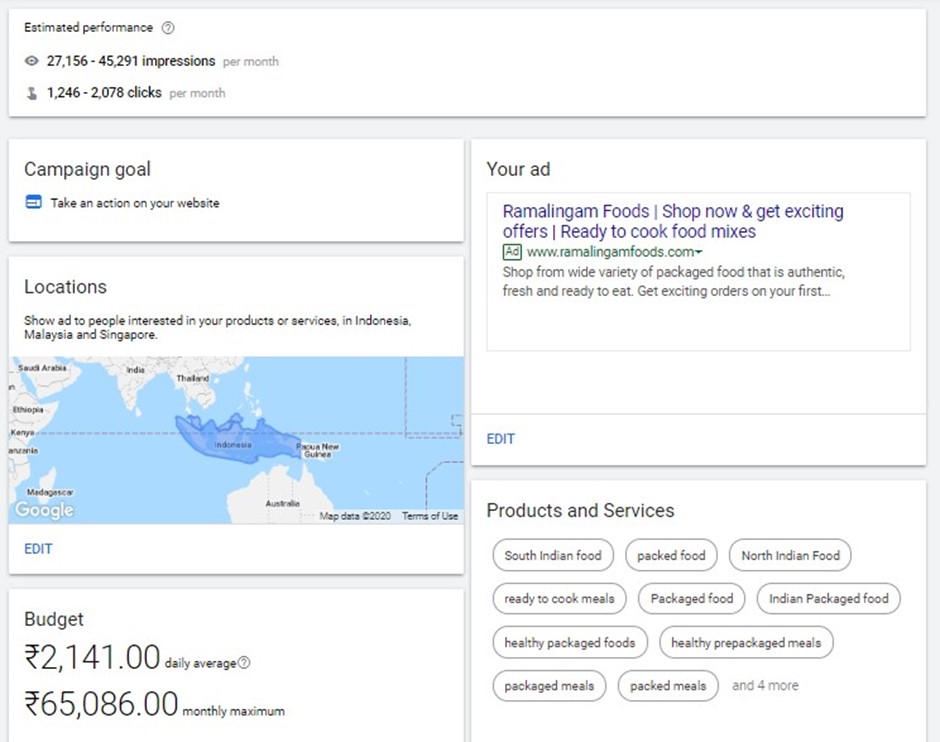
From the Porter’s Five Forces Analysis, it is clear that Vayu can venture into Electric Two wheelers in India since the trends show that Indians will continue to incline towards purchasing Electric Two wheelers in the future and the threat of substitutes as well as the threat of new entrants is low to medium respectively. With few direct competitors in the market and a scope for covering a large share of the Indian market with its products, Vayu will cater to the needs of the Indians along with keeping in mind the dedication to produce environment friendly products for the country. Keeping this in mind, Vayu will aim at a minimum of 700 customers per month and a minimum sale of 12000 units in the first year of sales.
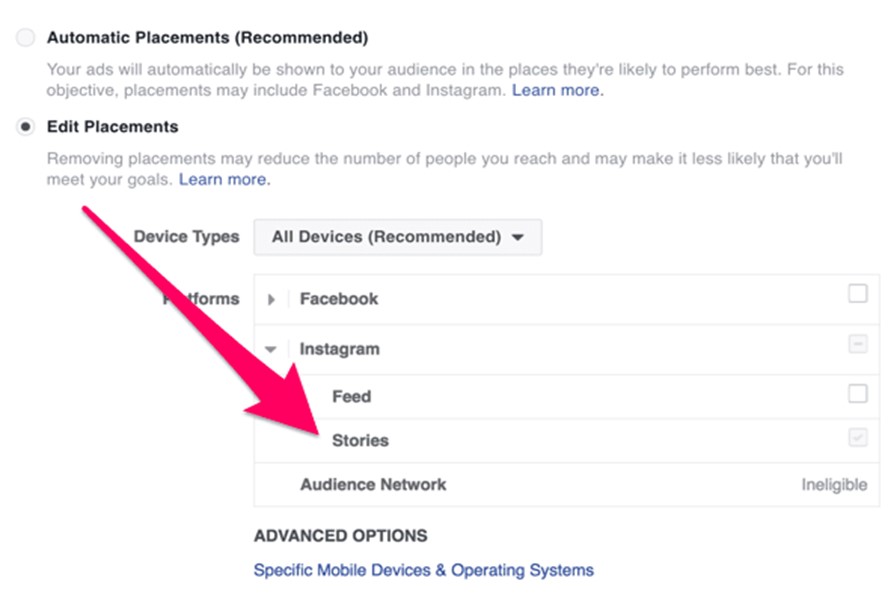
Conclusion
Vayu plans to enter the Indian automobile sector from Hyderabad with its two Electric Two wheelers – Elektra and Elektra+. The price of its two scooters is set at 65,000Rs and 1,00,000Rs respectively, keeping in mind the Indian middle class and upper class. The startup venture plans to start the sales of these two models from Year 3 and further start the production of Elektra Delivery for which is aimed to penetrate the Indian delivery service segment. The company is expected to break even in 4 years from now which is 1.5 years from operations. Vayu aims to capture 5-6% of market share at the end of first year of sales and 10-12% market share at the end of 2nd year of sales and 18-20% at the end of 3rd year of sales (i.e. 5year from now). The company will enter one metro city in every quarter and have experience centre in all the cities. Management Principles Followed: • Vayu will initially resort to bootstrapping to minimize cost and liabilities. • Vayu will target aggressive expansion in first years of operations. • Vayu will not diverge into too many products at the same time to keep the focus right and use the resources in efficient way. • Vayu will try to introduce features and some innovations in components those are used in India for the first time. Vayu will file patent for that too. • This startup will invest in training of manpower as it believes them to be the best resources. • Vayu will follow resource-based strategy which means it will focus only on it’s core competencies like designing the scooter, innovation in components, marketing etc. and will either form partnership or outsource with other companies for other activities like sales, manufacturing of components etc.Attached File Details
Image 1.jpeg,Image 2.jpg,Image 3.jpg,Image 4.jpg,Image 5.jpg,Image 6.jpg,Image 7.jpg,Image 8.jpg,Comments

Dr Saroj Kumar Dutta
Well done Prakhar, very precisely explained market analysis, structure of submission is good. Market dynamics are explained nicely. All the best.

Ripudaman Gaur
Let me congratulate the team for putting the market perspective so clearly. there are of course points for improvements but thats how we learn and grow.

Winston Pinto
Hey Guys, Apologies...did check the same with the organisers and have reevaluated the scores. Please ignore my previous comments. Overall great job guys!! one thought process...what if Vayu never made vehicles, just produced recycled electrical motors to fit it in an existing 2 wheeler and 3 wheeler. Could change the world.

Winston Pinto
Good info and research, however the business case required 1. A market entry 2.distribution strategy and 3. brand building plan, which seems to be missing. Being a startup and competing with the Hero Corps of the world will require a strong brand positioning and various tools of marketing to reach masses. Segmenting yes definitely works but I personally would want to know marketing strategies applied in launching this product.

Sandeep Bhatt
A details presentation of fact & figures related to case, It was precise efforts with in-depth research. Team should have also covered the market share of companies, The details of market leader and its short strategy to pernitrate in the market. How are Indian companies doing in export of EV can also be included. Overall its a good and detail explanations of things

Prakhar Kishore
 Birla Institute of Management Technology
Birla Institute of Management Technology
Dear Pinto Sir, Thank you for your feedback. But I'd like to inform you that I was supposed to do the 'Market Analysis of Electric vehicles' under assignment 8 that I covered in my solution. Meanwhile preparation of a market entry, distribution strategy and brand building plan was in Assignment 5 which is covered by Kush Malukani. Kindly refer to Kush's solution for the same. Thank you

Soumyajit Ghosh
 IIM Bangalore
IIM Bangalore
Dear Winston Pinto Sir, Thanks for your wonderful insights. I am from Team Fire(Prakhar's team). I just wanted to highlight that Prakhar has done assignment no. 8 which was "Market analysis of electric vehicles." Assignment no.5 was actually "Prepare A market entry, distribution strategy and brand building plan" which is done by Yash. I am extremely sorry to bother and please excuse if we made any mistake in understanding and interpreting the assignments.

Soumyajit Ghosh
 IIM Bangalore
IIM Bangalore
Sorry, I belong to team Air( I have written "Fire" in the last comment). Extremely sorry.

Prakhar Kishore
 Birla Institute of Management Technology
Birla Institute of Management Technology
Thank you so much for your kind inputs and feedbacks, Gaur Sir, Bhatt Sir and Pinto Sir. The team will work on the feedbacks provided and improve in the future for sure.

Prakhar Kishore
 Birla Institute of Management Technology
Birla Institute of Management Technology
Thank you for your kind feedback, Dutta Sir.
Participant
Prakhar Kishore
Birla Institute of Management Technology
A highly motivated individual who loves to take up new challenges and excel in it, I have always had a keen interest in quiz competitions and challenges and have taken part in numerous of them. I love to read, play video games and travel to new places.
Team Sky BCS 05 Submission
Total Team Points: 39806.5
Team Air BCS 05 Submission
Total Team Points: 38397
Team Fire BCS 05 Submission
Total Team Points: 36238























